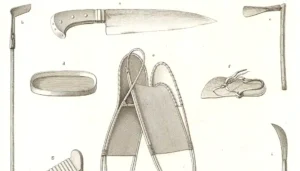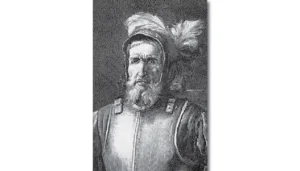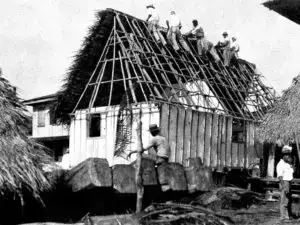
The Matao Iron Trade Part 3: Appropriation and Entanglement
The matao fashioned the iron they acquired from trading with visiting ship crews into traditional tools, including punches, drills, fish hooks and adze blades. The

The matao fashioned the iron they acquired from trading with visiting ship crews into traditional tools, including punches, drills, fish hooks and adze blades. The

Between 1565 and 1665, Guam’s southwest coast received sporadic visits from Spanish vessels, including the first wreck of a trade galleon (San Pablo, 1568), as

Members of the matao, the highest-ranking strata of Mariana Islands society in the 16th and 17th centuries, carried on the first sustained cultural interaction and

When French explorer Louis Claude de Freycinet visited Guam between March and June of 1819, he observed CHamorus capturing mañåhak or juvenile rabbitfish (Siganus spp.)

Ancient Chamorro/CHamoru people formed a matrilineal society and so inheritance and descent was through the mother’s family. Land was communal property that the clan used
The term ålas (derived from the Spanish term alhajas, which means jewelry) refers to turtle shell valuables used within the highly reciprocal associations of the

Chenchule’ refers to the intricate system of social reciprocity at the heart of ancient and contemporary CHamoru society. Chenchule’ is a support system of exchange